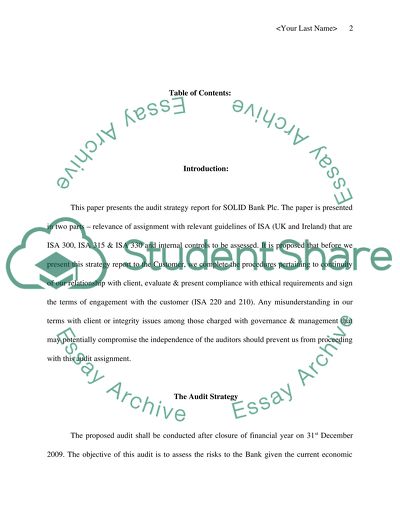Cite this document
(Audit Strategy Analysis for Solid Bank Plc Case Study, n.d.)
Audit Strategy Analysis for Solid Bank Plc Case Study. Retrieved from https://studentshare.org/finance-accounting/1524800-audit-strategy-report-for-solid-bank-plc
Audit Strategy Analysis for Solid Bank Plc Case Study. Retrieved from https://studentshare.org/finance-accounting/1524800-audit-strategy-report-for-solid-bank-plc
(Audit Strategy Analysis for Solid Bank Plc Case Study)
Audit Strategy Analysis for Solid Bank Plc Case Study. https://studentshare.org/finance-accounting/1524800-audit-strategy-report-for-solid-bank-plc.
Audit Strategy Analysis for Solid Bank Plc Case Study. https://studentshare.org/finance-accounting/1524800-audit-strategy-report-for-solid-bank-plc.
“Audit Strategy Analysis for Solid Bank Plc Case Study”, n.d. https://studentshare.org/finance-accounting/1524800-audit-strategy-report-for-solid-bank-plc.


